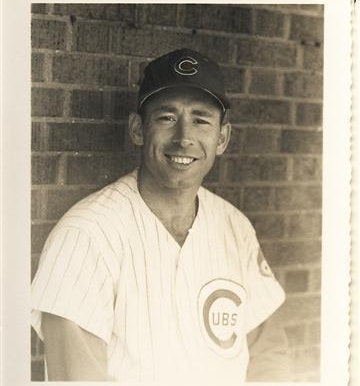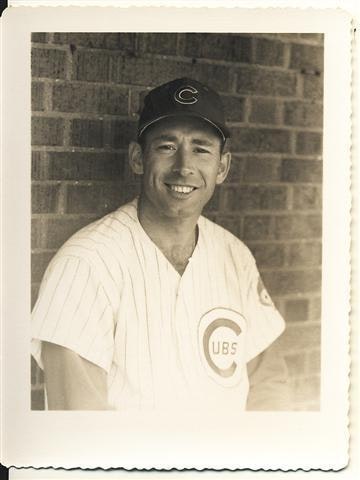The 1963 Hispanic All-Star Game
By Lucy English, Marketing & Communications Manager
These days, Latinos make up nearly 30% of all major league players, but back in 1963 Hispanic names were much more of a rarity on the backs of players’ jerseys. Nevertheless, on October 12, 1963, two teams made of Latino players from the Major Leagues played against each other in what is known as the first and only Hispanic All-Star Game (you can read about another unofficial All-Star game here).
The exhibition game was labeled as a charity event for a new Latin American Hall of Fame, and would go on to be the final baseball game played at the Polo Grounds in New York which housed the MLB’s newest expansion team, the Mets, their first two seasons. Even with this milestone, only 14,235 people filled a stadium that could hold upwards of 50,000 to watch the National League take on the American League that day. Even more astounding? Unlike the 5 figure bonus that most of today’s players receive for making the all-star team, each player only received $175 for participating in this game.

Among the participants were four future Hall of Famers and Louisville Slugger contract players: Baltimore’s Luis Aparicio from Venezuela, Pittsburgh’s Roberto Clemente of Puerto Rico, and San Francisco’s Orlando Cepeda from Puerto Rico and Juan Marichal from the Dominican Republic (pictured from left to right above). And while there were these future Hall-of-Famers on the field, the overall lack of Latino players in 1963 meant there were several players on each squad with baseball careers that were a little less noteworthy. The American League's first baseman, Julio Becquer, didn't even have an official at-bat in 1963, and National League’s catcher, Cuno Barragan (pictured below) struck out in his only at-bat that season (it would also end up being the last plate appearance of his short career).


Regardless, this was a big moment for these players. "It was historic," said Marichal, “there was a lot of emotion among all the players, and you could tell the fans were excited about it, too." He also told the New York Daily News, “There was a lot of competition in those days between the National League and the American League, and each member of the team really wanted to beat those guys.”
For many of these players, they weren’t just representing the American League, the National League, or even their major league team; they were representing so much more. The teams were made of players from Latin American and Caribbean countries such as Cuba, Puerto Rico, the Dominican Republic, Venezuela, Panama, and Mexico, and many of them were black Latinos who faced the same bigotry African-American players did. Dominican-born, Pittsburgh Pirate, Manny Mota (pictured below) said, "For us, it was a question of prestige and pride, because we were representing our countries. It was a rare event, and all the players had a grand passion for this game because they knew what it signified for us and Latino fans.”

Despite the historical significance, the heated rivalry, and immense pride, the game was still a runaway for the National League, who had won the official all-star game in Cleveland that summer, had a 5-0 lead heading into the ninth. However, the AL was able to avoid a shutout that day, and the final score of the game was 5-2.
